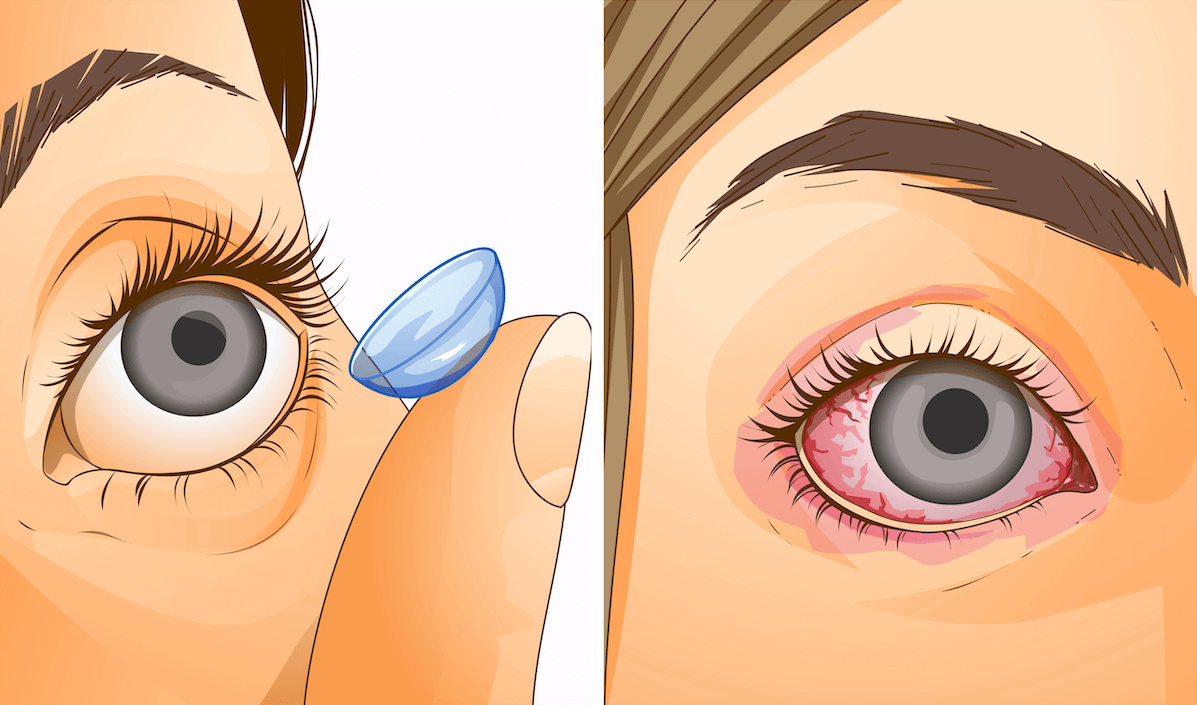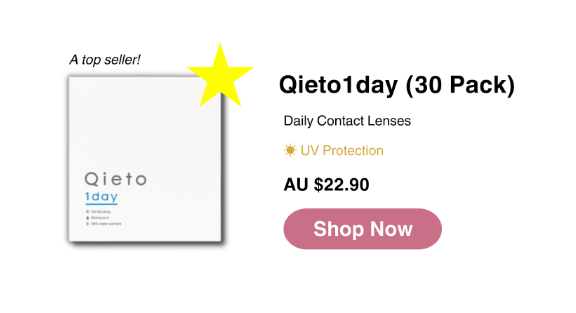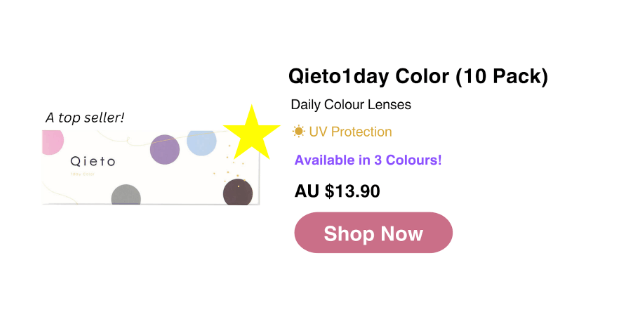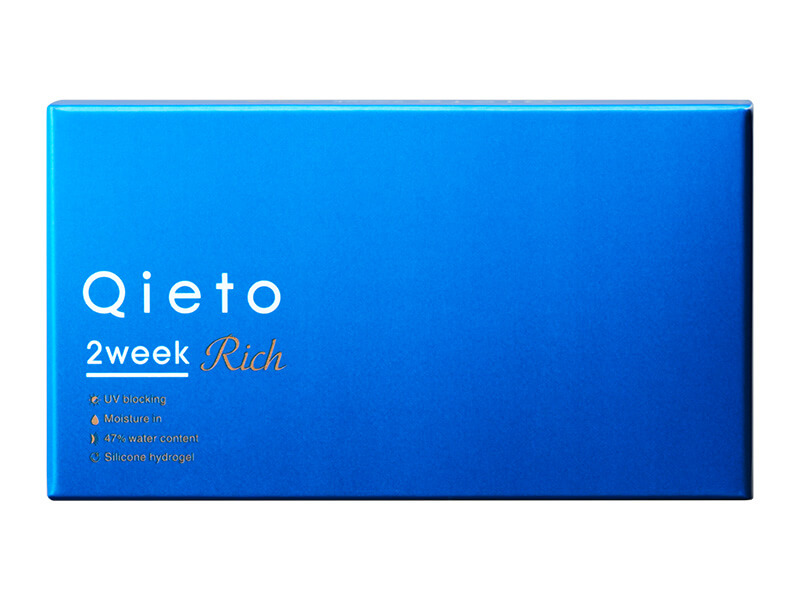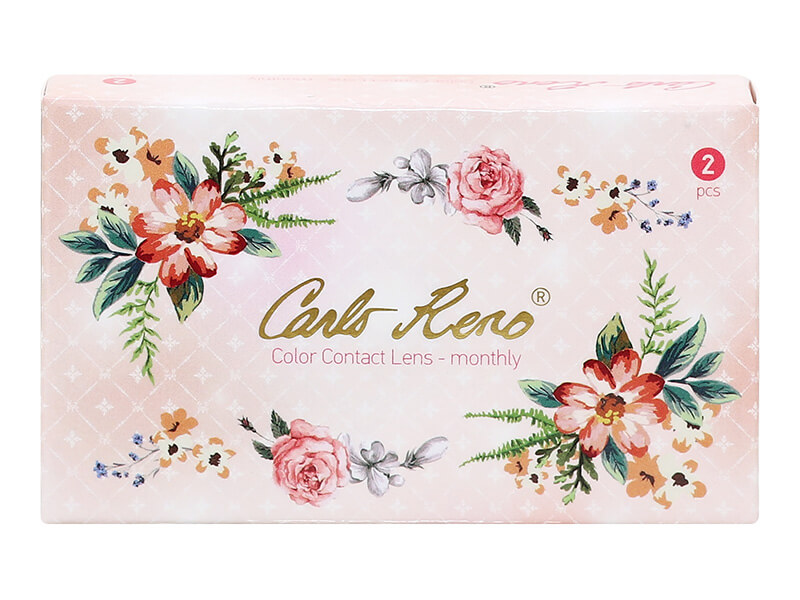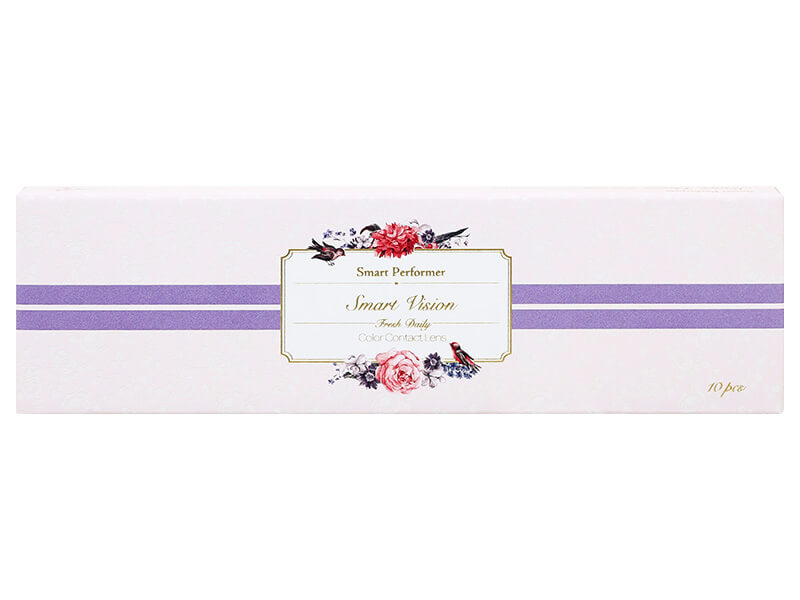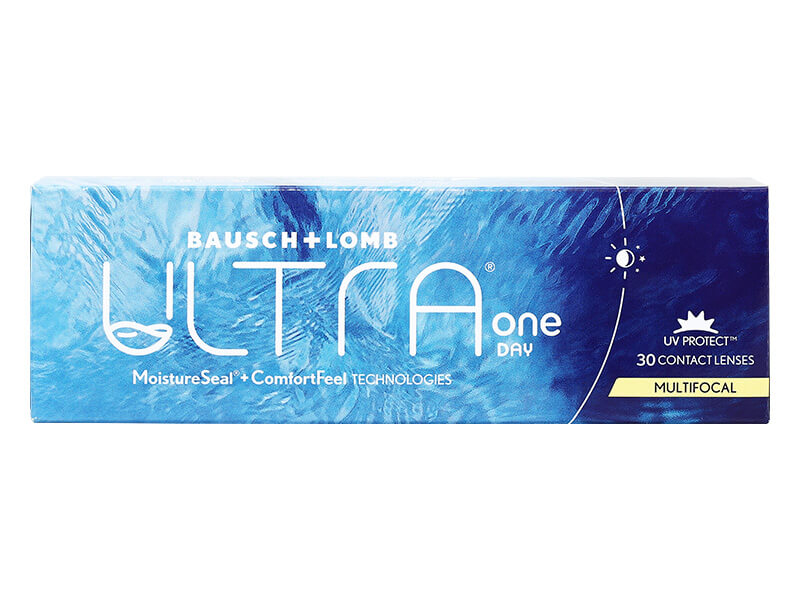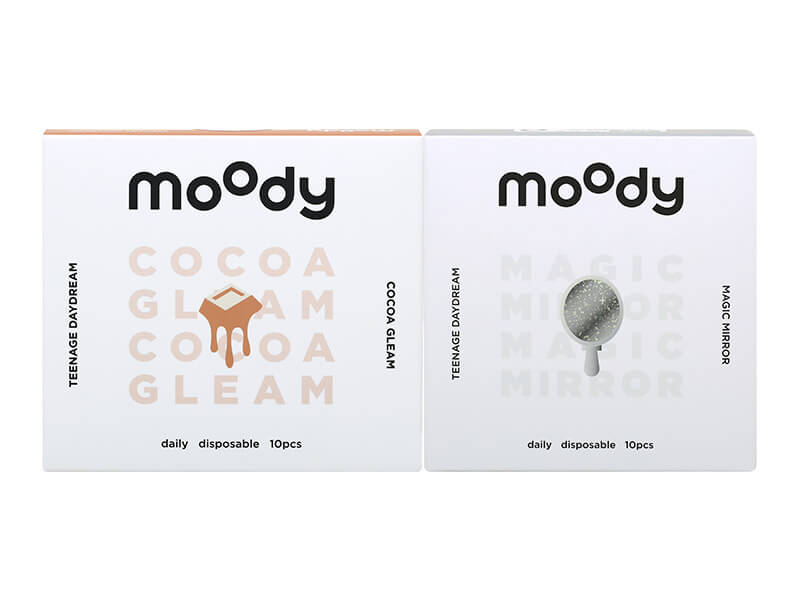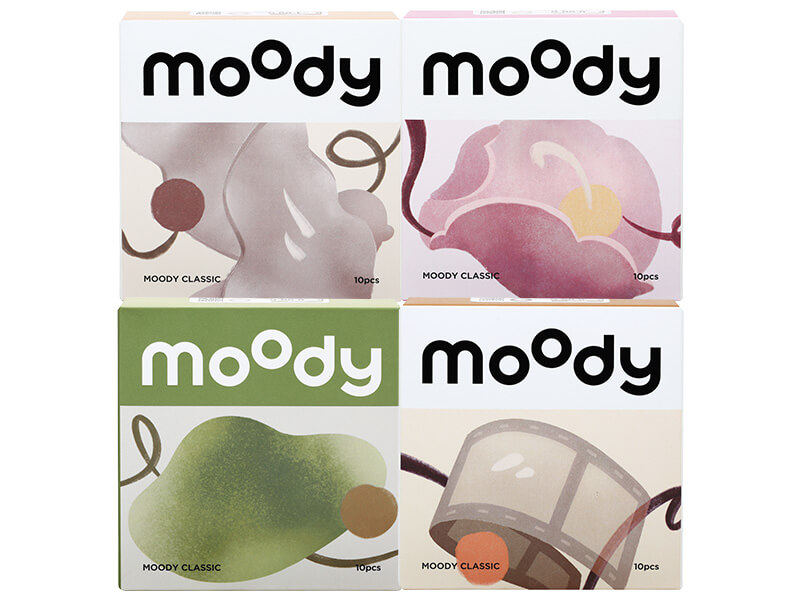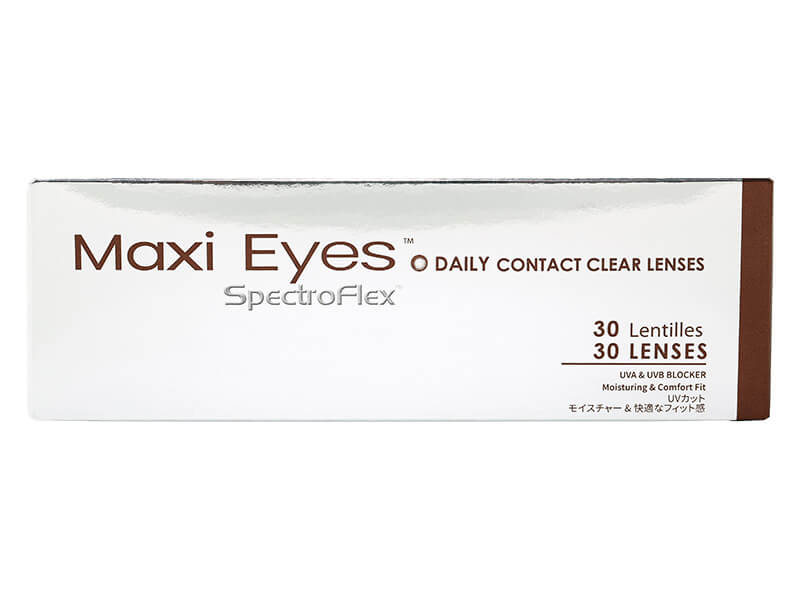Savelens Blogs
How to Prevent Protein Build up on Contact Lenses?
Contact lenses offer incredible convenience and freedom for those with vision correction needs. However, maintaining clear vision and comfort requires diligent care, particularly when it comes to preventing protein buildup. Protein deposits on contact lenses can lead to discomfort, blurry vision, and even eye infections if left unaddressed. In this blog, we’ll delve into the causes of protein buildup on contact lenses and provide you with a comprehensive guide on how to prevent it effectively.
Understanding Protein Buildup:
Protein buildup occurs when natural proteins found in tears adhere to the surface of contact lenses overtime. These proteins, along with other debris such as oils, lipids, and environmental pollutants, accumulate on the lens surface, creating a filmy layer. This buildup not only affects vision clarity but also diminishes lens comfort, causing irritation and dryness.
Causes of Protein Buildup:
Several factors contribute to the accumulation of proteins on contact lenses:
- Tear Composition: The composition of your tears can vary from person to person. Individuals with higher protein content in their tears are more prone to significant buildup on their contact lenses.
- Contact Lens Material: Some contact lens materials have a higher affinity for attracting protein deposits. Silicone hydrogel lenses, for example, are more resistant to protein buildup compared to conventional hydrogel lenses. However, if you are using daily disposable lenses, then the material will not matter as you are replacing new lenses every day.
- Environmental Factors: Environmental pollutants, dust particles, and smoke can contribute to protein accumulation on contact lenses, especially in urban areas or workplaces with poor air quality.
- Poor Lens Hygiene: Inadequate cleaning and disinfection of contact lenses can lead to the buildup of proteins and other debris. Skipping daily cleaning routines or using expired solutions increases the risk of protein deposition.
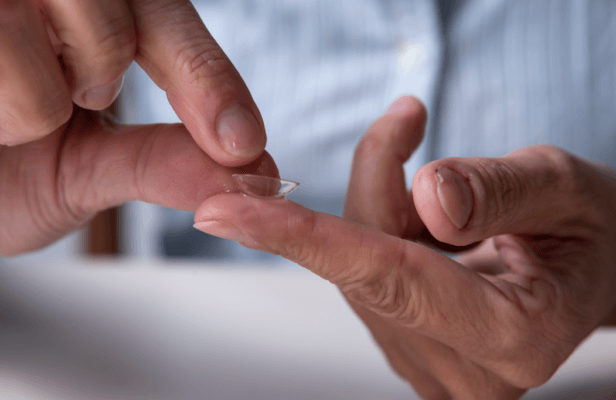
Preventing Protein Buildup on Contact Lenses:
Now that we understand the causes, let’s explore effective strategies for preventing protein buildup and maintaining clear vision:
- Daily Cleaning Routine: Clean your contact lenses thoroughly every day using a multipurpose contact lens solution recommended by your eye care professional. Rub the lenses gently with your fingers to remove protein deposits and other debris.
- Enzymatic Cleaners: Incorporate enzymatic cleaners into your lens care routine at least once a week. Enzymes in these cleaners help break down stubborn protein deposits that may not be removed through regular cleaning.
- Follow Replacement Schedule: Adhere to the recommended replacement schedule for your contact lenses. Using lenses beyond their prescribed lifespan increases the likelihood of protein accumulation and reduces oxygen permeability, leading to discomfort and potential eye health issues.
- Avoid Water Exposure: Keep your lenses away from water, including tap water and swimming pools. Water contains microorganisms that can adhere to the lens surface, promoting protein buildup and increasing the risk of eye infections.
- Proper Storage: Store your lenses in a clean case filled with fresh contact lens solution. Replace the solution daily and rinse the case with sterile solution regularly to prevent bacterial contamination.
- Minimize Eye Drops: Avoid using oil-based eye drops or other products that contain ingredients known to enhance protein deposition on contact lenses. Opt for preservative-free lubricating eye drops recommended for contact lens wearers instead.
- Maintain Good Hygiene: Wash your hands thoroughly with soap and water before handling your contact lenses. Avoid using moisturizing soaps or lotions that can leave residue on your hands, as this may transfer to your lenses.
- Regular Eye Exams: Schedule regular comprehensive eye exams with your optometrist or ophthalmologist to monitor the health of your eyes and ensure your contact lenses fit properly.
Your eye care professional can provide personalized recommendations based on your eye health and lifestyle.
So what do we suggest?
If you are someone who has had trouble with protein buildup in contact lenses which made it uncomfortable for you to wear weekly, monthly or hard (RGB) lenses, then we highly recommend for you to switch to soft daily disposable lenses!
So which daily lenses do we recommend?
Here at Savelens, we sell 61+ variations of daily disposable lenses. But which lenses do we recommend? This really depends on what customers are looking for.
If you are looking for something affordable, with UV protection which feels comfortable. We highly recommend Qieto1day! Currently, we are offering 20% off Qieto products for customers if they subscribe to our newsletter! Click here to subscribe.
If you are looking for something affordable, with UV Protection, which feels comfortable with a dash of colour to brighten and illuminate your pupils, then we highly recommend Qieto1day Color! With three colours to choose from and a small pack of 10, which means you can easily try it out without having to buy a whole big pack of 30 like normal daily lenses. Currently Qieto1day Color is part of our monthly sale with a $2 discount per box. We are also offering 20% off Qieto products for customers if they subscribe to our newsletter! Click here to subscribe.
Preventing protein buildup on contact lenses is essential for maintaining clear vision, comfort, and ocular health. By incorporating proper cleaning techniques, following replacement schedules, and practicing good hygiene, you can minimize protein accumulation and enjoy uninterrupted clarity with your contact lenses. Remember to consult your eye care professional if you experience persistent discomfort or changes in vision, as they can provide expert guidance tailored to your individual needs. Prioritizing lens care today ensures a brighter, clearer tomorrow for your eyes.

Check our Latest products!

